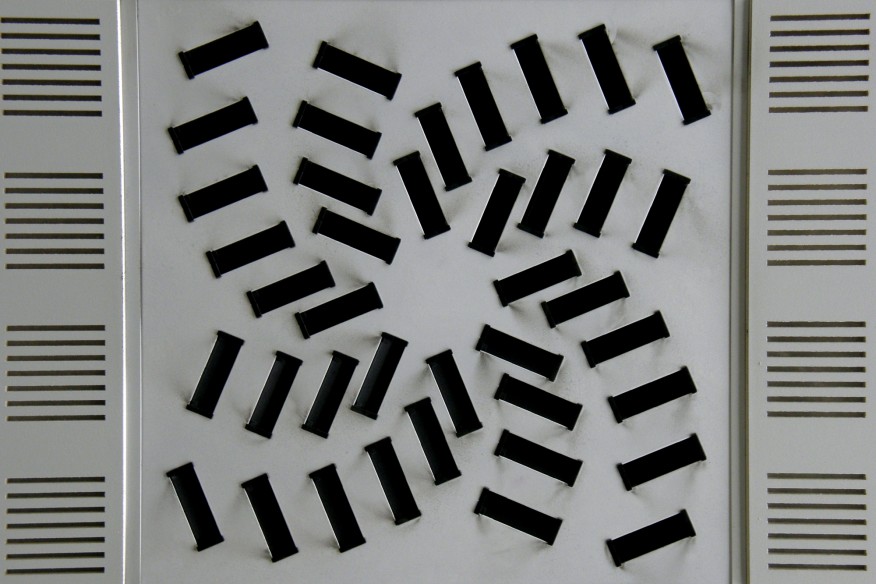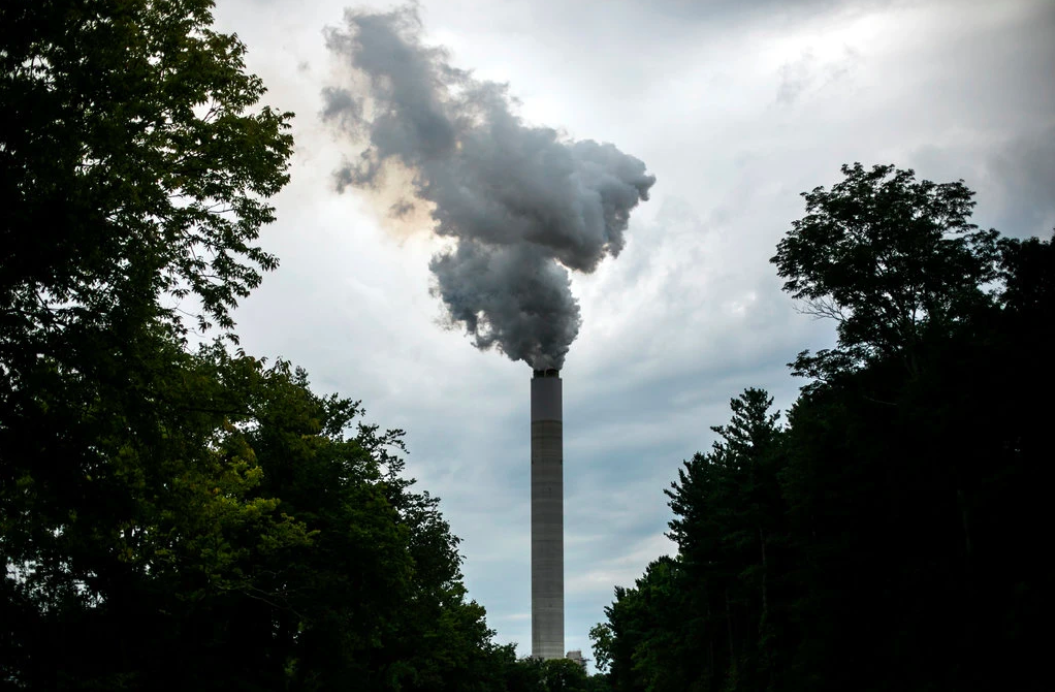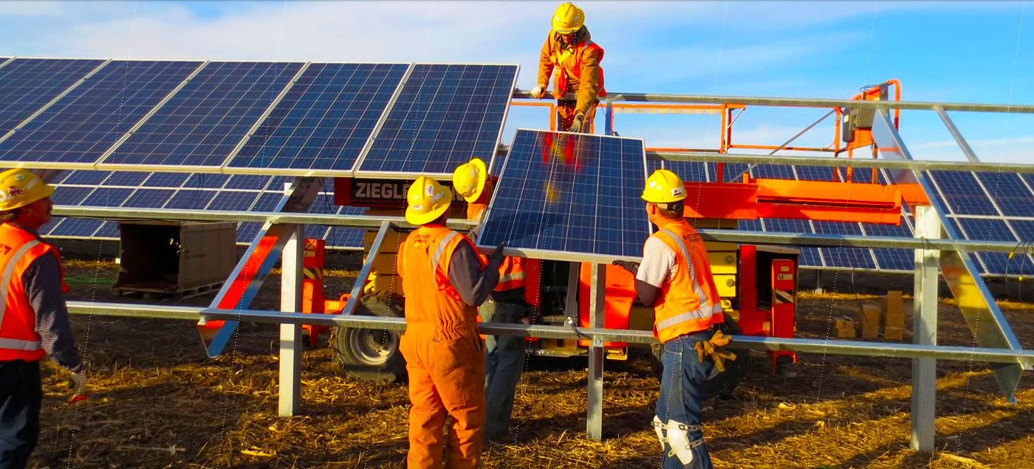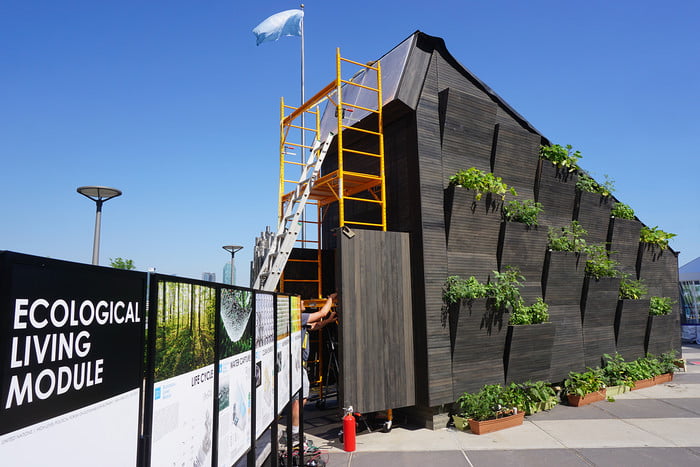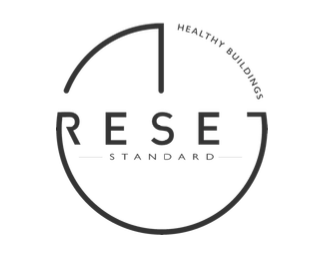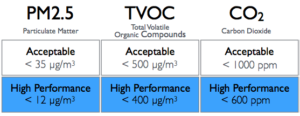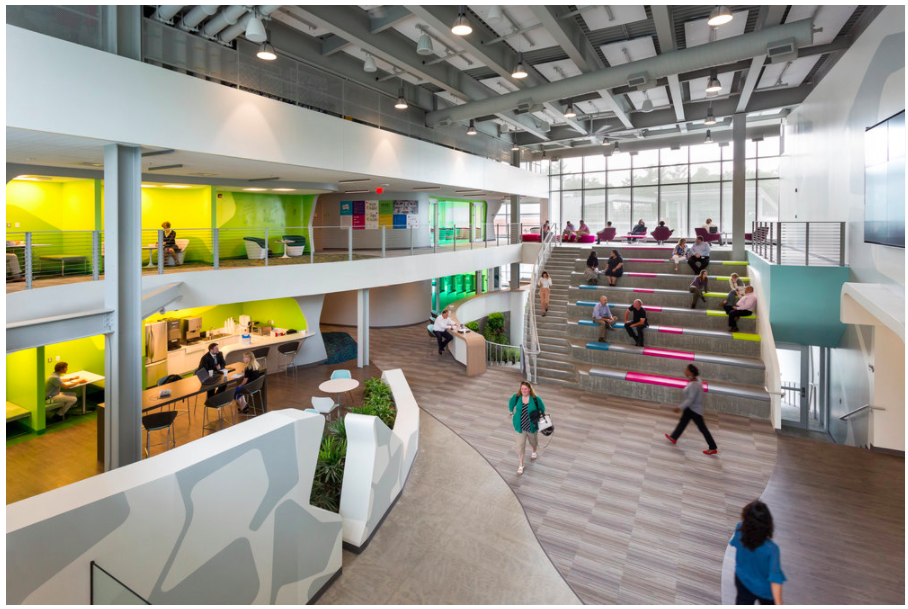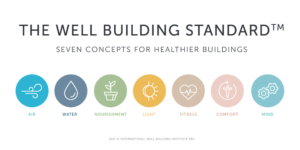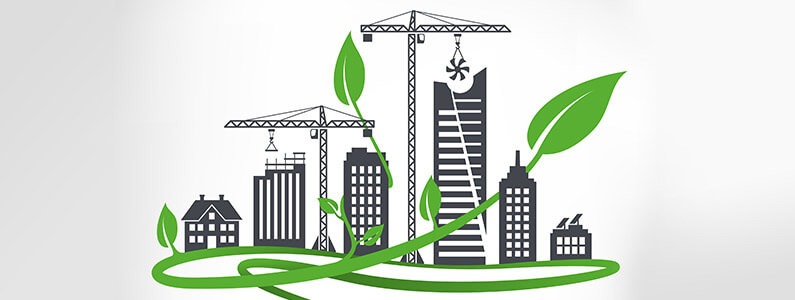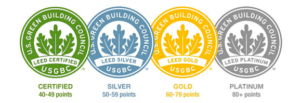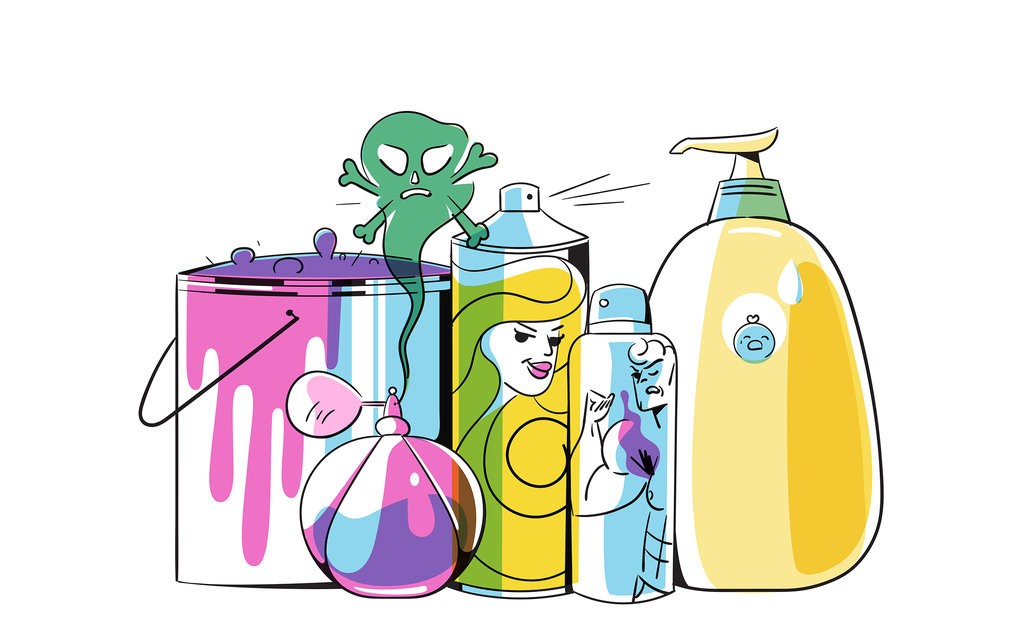Finally, something we can all agree on–the value of productivity. In our capitalist economy, employers and employees alike search for ways to increase worker output. Facebook and other large corporations have entire campuses for offices. These campuses provide cafeterias, gyms, and dry-cleaning facilities for employees. As a result, employees spend more time on campus and attentive and less time around town distracted.
The secret to productivity is about the workplace environment, but perhaps it is more intuitive than big business, big perks, and bright colors.
Recent research shows that indoor air quality can affect cognitive functions and our health and well being. Cognitive functions are those mental processes that lead to the acquisition of knowledge and allow us to carry out our daily tasks. And are definitely related to the air we breathe. A study by Harvard Business Review reported a five to six percent increase in worker productivity when the Air Quality Index (AQI) was reported as “good,” or between 0-50, rather than “poor,” or between 150-200 (as published by the EPA).
The researchers explained the variations in productivity as a consequence of particulate matter in the air. Particulate matter enters through our nose, mouth, and skin and enters the bloodstream. It travels to our central nervous system (CNS) and lodges in the brain stem. This causes inflammation of the CNS, cortical stress, and cerebrovascular damage. “Greater exposure to fine particles is associated with lower intelligence and diminished performance over a range of cognitive domains,” the study concludes.
The effects of air pollution on worker’s health have been previously researched but focused on workers in outdoor environments. The Harvard study demonstrated, for the first time, that knowledge-based employees also face the dangers of air pollution indoors.
Indoor spaces are containers for volatile organic compounds (VOCs). VOCs are the by-products of building materials and cleaning supplies and other pollutants often caused by humans. The unusual combination of these compounds makes them uniquely dangerous. A study conducted in 2013, demonstrated how a just-painted room had a similar effect on participants as consuming alcohol (Satish et al).
A study conducted in 2015 tested cognitive functions amongst participants in different building settings. The buildings were divided into “Conventional”, “Green,” or low VOCs, and “Green +” or “Green” with higher ventilation rates. The experiment was conducted for six days, and on two of those days, researchers increased the amount of CO₂ in the air. Each day the participants took a test that examined nine cognitive functions. The “Green” setting demonstrated a 61% increase in cognitive function, while the “Green +” setting showed a 101% increase in cognitive function.
All this knowledge comes at a cost worth paying attention to. The standard for indoor air quality comes from The American Society of Heating, Refrigeration, and Air Conditioning Engineers (ASHRAE). However, recent research shows that these standards do not maximize employee health. The standards strike a balance between what is acceptable and what is affordable. Green buildings are more effective at increasing productivity and reducing health risks, but they cost a pretty penny.
Increased air quality often requires newer systems and greater ventilation which means more energy. A Harvard study found, “doubling the ventilation rate would cost less than $40 per person per year in all climate zones investigated, and would improve the performance of workers by 8%. This was equated with a $6,500 increase in employee productivity per year.” Although the initial cost may be great, “the increased productivity of an employee is more than 150 times higher than the energy costs associated with increased ventilation.” Though green buildings may impact carbon emissions more than necessary.
The workplace, home, and classroom should be spaces that stimulate the mind. If the workplace is a space we feel good in we will be more productive, if the classroom is invigorating it will encourage children to learn, and if the home is comfortable we will relax. For years we have designed spaces to be ergonomically sound and attractive. Now, with environmental insight constantly advancing, we can create spaces to maximize our attention, productivity, and health.
Written by Mollie Wodenshek for FutureAir
References
Change, Tom, Graff Zivin, Joshua, Gross, Tal, and Neidell, Matthew, “Air Pollution is Making Office Workers Less Productive,” Harvard Business Review, 2016.
MacNaughton, Piers, Satish, Ush, Guillermo, Jose, Lauren, Cedeno, Flanigan, Skye, Vallarino, Jose, Coull, Brent, Spengler, John, and Allen, Joseph, “The impact of working in a green certified building on cognitive function and health,” Building and Environment, Volume 114, 2017.
UL Environment, “Technical Brief,” Effects of Indoor Environmental Quality on Performance and Productivity, 2016.
Photo
Courtesy of Flickr user OliBac via Creative Commons

